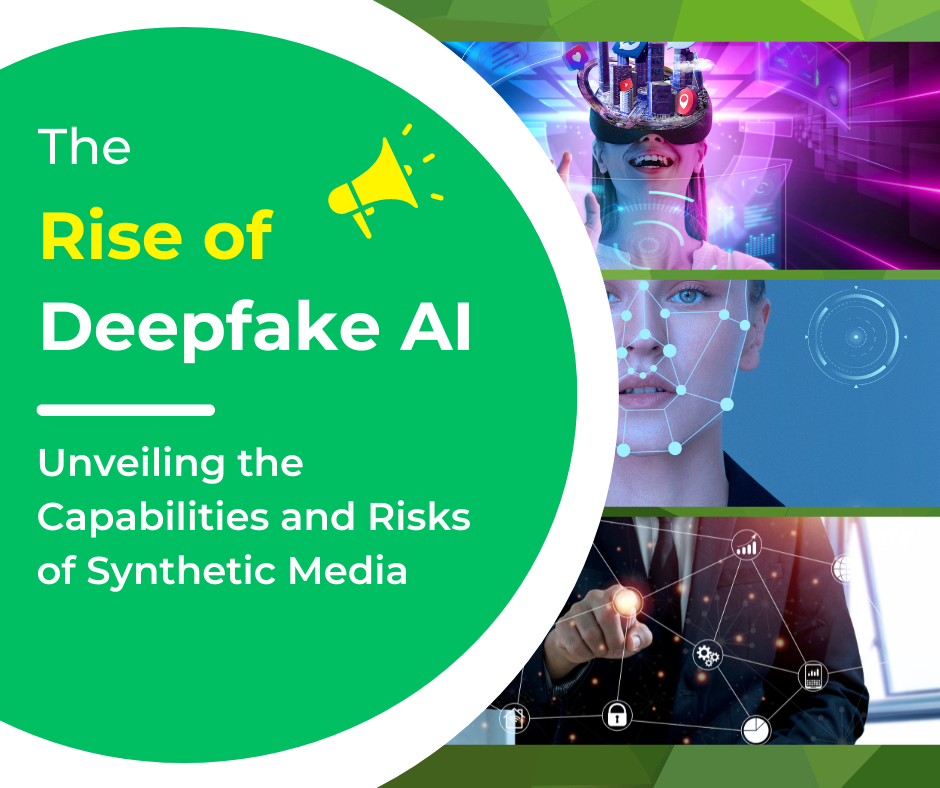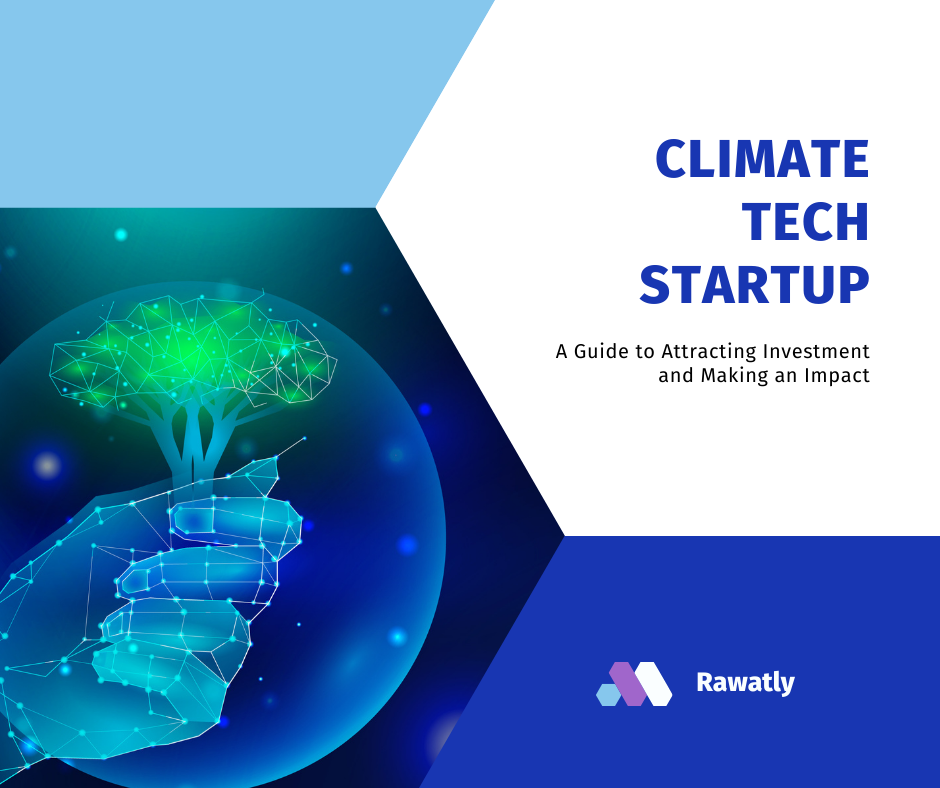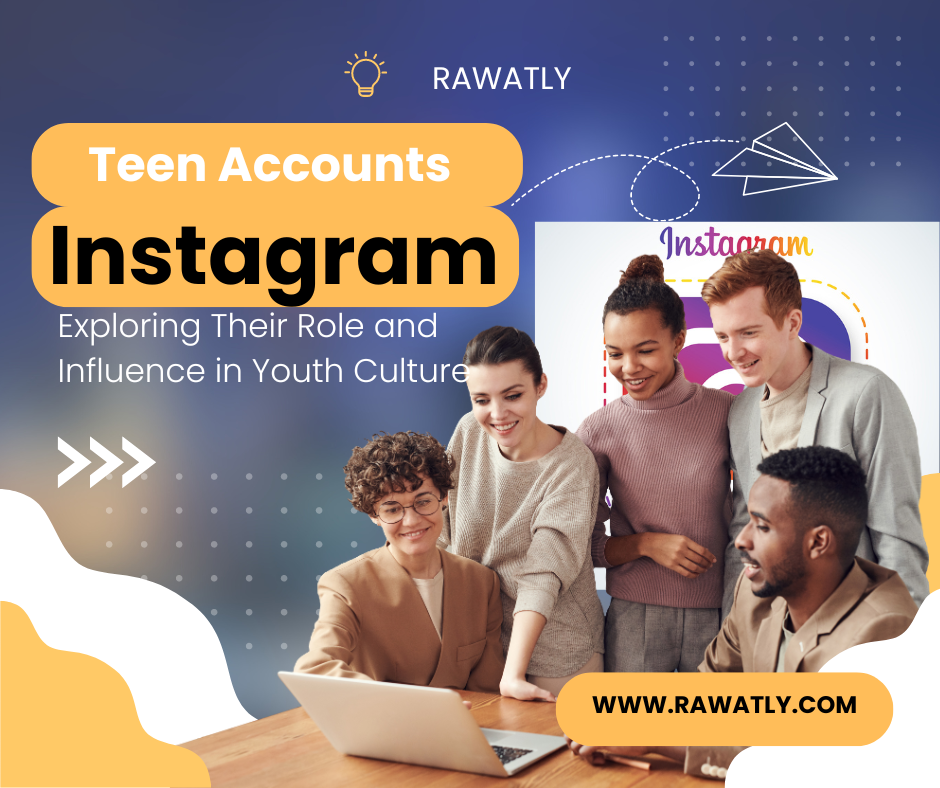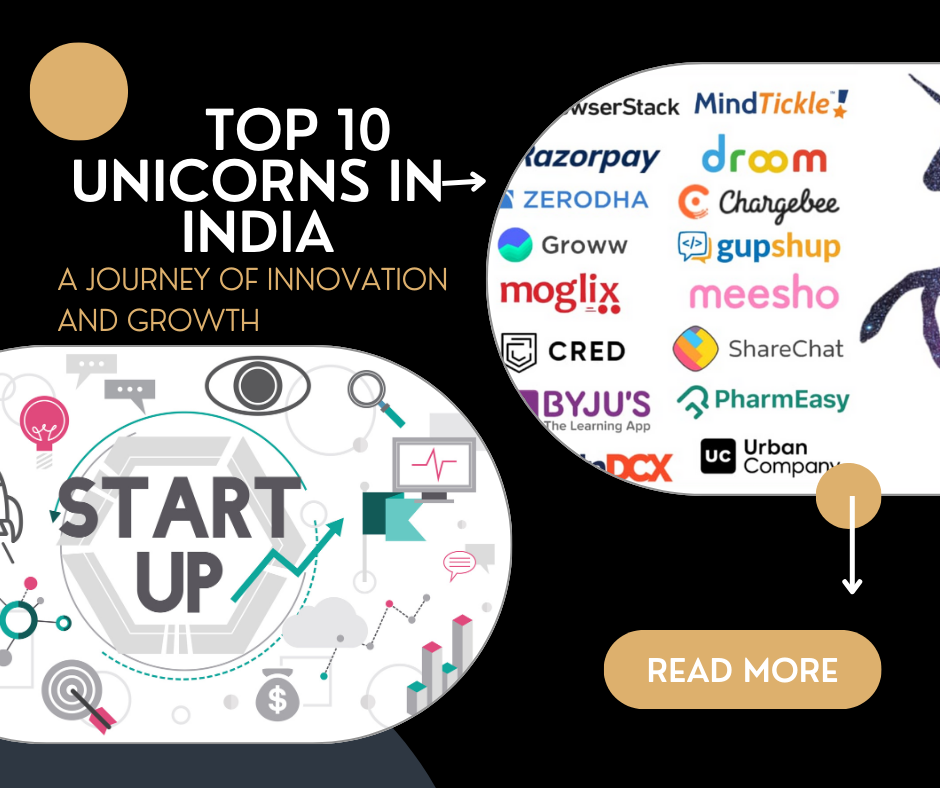
In the digital age, where information and media can be easily manipulated, the emergence of deepfake technology has become a growing concern. Deepfake (https://deepfakesweb.com/), a portmanteau of “deep learning” and “fake”, refers to the process of using artificial intelligence (AI) and machine learning to create highly realistic, yet synthetic, media such as audio, images, and videos.
The foundations of deepfake technology lie in the advancements of deep learning, a subset of machine learning that utilizes artificial neural networks to process and analyze large datasets. By training these neural networks on extensive collections of genuine media, such as videos or images of a person, the system can learn the unique patterns and features that define an individual’s appearance and mannerisms.
Google Unveils New Open AI Models Prioritizing Safety and Transparency
Once the neural network has been trained, it can then be used to generate new, synthetic media that seamlessly blends the learned features with other content. This process allows for the creation of videos or images where a person’s face and voice can be convincingly superimposed onto another individual’s body, making it appear as though the original person is saying or doing something they never actually did.
The potential applications of deepfake technology are diverse and can range from the benign to the malicious. In the entertainment industry, for example, deepfakes have been used to create visual effects, such as de-aging actors or resurrecting deceased performers. In educational settings, deepfakes can be employed to create interactive learning experiences or to simulate historical events.

However, the same technology that enables these creative and educational uses has also given rise to significant concerns about the potential for misuse. Malicious actors can leverage deepfake technology to create fake news, spread disinformation, or even commit fraud and other criminal activities.
One of the most concerning aspects of deepfakes is their ability to erode trust in digital media. As the technology becomes more sophisticated and harder to detect, it becomes increasingly difficult for individuals to discern what is real and what is fabricated. This can have far-reaching consequences, as the spread of false information can influence public opinion, sway elections, and even incite social unrest.
To address these challenges, researchers and technology companies have been working to develop various deepfake detection methods. These techniques often involve analyzing the subtle inconsistencies in the generated content, such as anomalies in facial expressions, lighting, or audio-visual synchronization. By training AI models to identify these discrepancies, it is possible to flag potentially manipulated media and alert users to the possibility of a deepfake.
However, the arms race between deepfake creators and detection algorithms is ongoing, and the continued advancement of both technologies presents a complex challenge. As deepfake technology becomes more accessible and easier to use, the potential for misuse only increases.
To address this issue, policymakers, technology companies, and civil society organizations have been working to develop regulatory frameworks and guidelines to mitigate the risks of deepfakes. These efforts have focused on areas such as content moderation, disclosure requirements, and the development of technical standards for identifying manipulated media.
OpenAI’s SearchGPT: What You Need to Know About the Challenge to Google Search
In the United States, for example, the Deepfake Report Act of 2019 was introduced in Congress, aiming to mandate the disclosure of deepfake content and establish a federal task force to study the issue. Similarly, the European Union has proposed the Artificial Intelligence Act, which includes provisions for regulating the use of deepfake technology.
Beyond these policy initiatives, educational campaigns and public awareness efforts are also crucial in helping individuals become more discerning consumers of digital media. By learning to recognize the telltale signs of deepfakes and developing critical thinking skills to assess the credibility of online content, people can better navigate the challenges posed by this technology.
As the capabilities of deepfake AI continue to evolve, it is clear that addressing this issue will require a multi-pronged approach. Technological solutions, such as improved detection algorithms and content authentication tools, will play a vital role. However, these efforts must be complemented by robust legal and regulatory frameworks, as well as ongoing public education and awareness campaigns.
Ultimately, the rise of deepfake technology represents a significant challenge to the digital landscape, one that will require sustained collaboration and innovation from various stakeholders to overcome. By working together, we can strive to harness the potential of this technology for positive and beneficial purposes, while mitigating the risks and safeguarding the integrity of digital media.






























